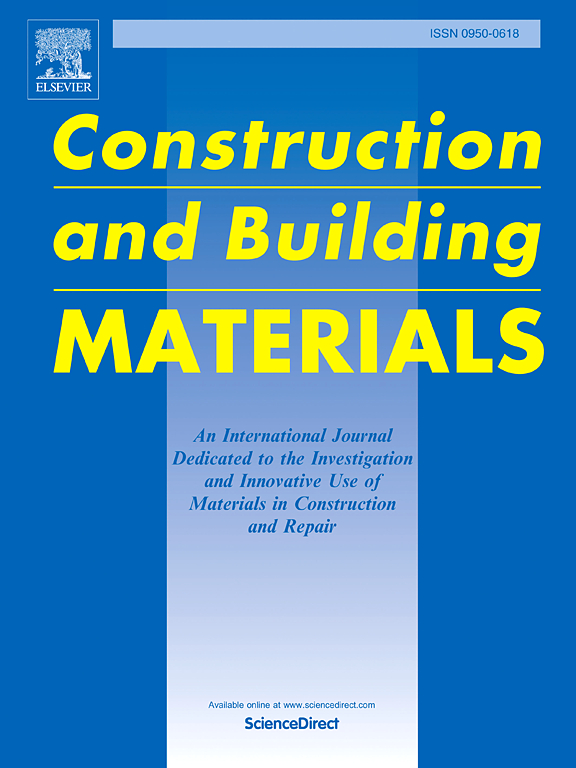Axial compressive performance of CFRP-steel composite tube confined seawater sea-sand concrete intermediate slender columns
Abstract
To alleviate the scarcity of river sand resources and fully utilize the advantages of Carbon Fiber Reinforced Polymer (CFRP), a new type of CFRP-steel composite tube was developed to confine seawater-sea sand concrete (FCTSSC) column structures. This study conducted experimental research on FCTSSC intermediate slender columns for the first time, analyzing their failure modes and working mechanisms. The investigation explored the effects of outer CFRP layers and slenderness ratios on the mechanical performance. The results indicate that the FCTSSC intermediate slender column specimens exhibited global buckling accompanied by local bulging of steel tubes as their failure mode. The load-displacement curves can be divided into strong confinement and weak confinement models. Specimens confined by CFRP exhibited a 12.51–31 % increase in ultimate bearing capacity. The ultimate bearing capacity and its enhancement rate were positively correlated with the outer CFRP layers and negatively correlated with the slenderness ratio. Peak lateral displacements were positively correlated with both parameters. Finally, the model for calculating the axial compression ultimate bearing capacity of FCTSSC intermediate slender columns was proposed, providing a reference for future practical applications in offshore engineering.

 求助内容:
求助内容: 应助结果提醒方式:
应助结果提醒方式:


